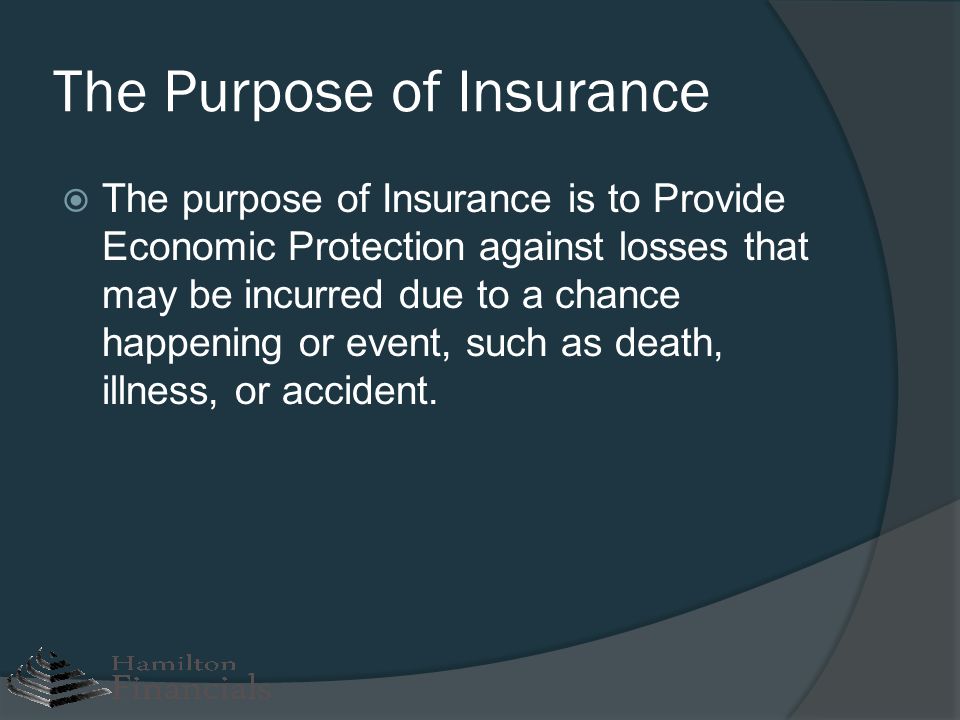The Ultimate Guide To Pacific Prime
The Ultimate Guide To Pacific Prime
Blog Article
Unknown Facts About Pacific Prime
Table of ContentsThe Only Guide to Pacific PrimeNot known Factual Statements About Pacific Prime The Only Guide for Pacific PrimePacific Prime for BeginnersIndicators on Pacific Prime You Need To Know

This is due to the fact that the information were gathered for a period of solid financial efficiency. Of the approximated 42 million individuals that were uninsured, just about about 420,000 (regarding 1 percent) were under 65 years of age, the age at which most Americans come to be eligible for Medicare; 32 million were grownups in between ages 18 and 65, about 19 percent of all adults in this age team; and 10 million were kids under 18 years old, about 13.9 percent of all kids (Mills, 2000).
These price quotes of the number of individuals uninsured are generated from the yearly March Supplement to the Present Populace Study (CPS), performed by the Census Bureau. Unless otherwise kept in mind, national price quotes of people without wellness insurance policy and percentages of the population with various kinds of protection are based on the CPS, the most commonly used resource of price quotes of insurance policy coverage and uninsurance rates.
Unknown Facts About Pacific Prime

Still, the CPS is specifically useful because it produces yearly price quotes fairly promptly, reporting the previous year's insurance policy protection estimates each September, and because it is the basis for a constant set of quotes for even more than twenty years, permitting evaluation of trends in protection over time. For these reasons, along with the extensive usage of the CPS in other researches of insurance policy coverage that exist in this record, we rely upon CPS price quotes, with constraints kept in mind.

The estimate of the number of without insurance individuals expands when a population's insurance status is tracked for numerous years. Over a three-year duration beginning early in 1993, 72 million individuals, 29 percent of the U.S. https://pacificpr1me.edublogs.org/2024/04/02/pacific-prime-your-one-stop-shop-for-insurance-solutions/. population, lacked coverage for a minimum of one month. Within a solitary year (1994 ), 53 million individuals experienced at the very least a month without insurance coverage (Bennefield, 1998a)
6 out of every 10 uninsured adults are themselves utilized. Working does improve the probability that one and one's household members will certainly have insurance, it is not a warranty. Even participants of households with two permanent wage earners have almost a one-in-ten opportunity of being without insurance Read More Here (9.1 percent without insurance rate) (Hoffman and Pohl, 2000).
The Of Pacific Prime
New immigrants account for a considerable proportion of people without medical insurance. One analysis has actually associated a considerable part of the recent growth in the size of the united state uninsured populace to immigrants who got here in the country between 1994 and 1998 (Camarota and Edwards, 2000). Recent immigrants (those who pertained to the United States within the previous 4 years) do have a high price of being without insurance (46 percent), however they and their youngsters make up just 6 percent of those without insurance policy across the country (Holahan et al., 2001).
The connection between medical insurance and accessibility to care is well established, as recorded later in this phase. Although the connection between health and wellness insurance and health results is neither straight nor basic, a comprehensive clinical and health services research study literary works web links health insurance coverage to improved accessibility to care, much better quality, and enhanced individual and population health condition.
Levels of evaluation for examining the impacts of uninsurance. This discussion of health and wellness insurance protection concentrates largely on the U.S. population under age 65 due to the fact that basically all Americans 65 and older have Medicare or other public insurance coverage. Furthermore, it focuses specifically on those with no medical insurance for any kind of length of time.
Fascination About Pacific Prime
The problems encountered by the underinsured are in some areas comparable to those faced by the without insurance, although they are typically less severe. Health insurance, however, is neither necessary neither adequate to obtain accessibility to clinical services. The independent and direct impact of health and wellness insurance policy coverage on access to health solutions is well established.
Others will certainly acquire the healthcare they require also without medical insurance, by paying for it expense or seeking it from carriers that offer treatment complimentary or at very subsidized rates. For still others, health and wellness insurance coverage alone does not ensure invoice of treatment as a result of various other nonfinancial barriers, such as a lack of health and wellness care service providers in their area, minimal accessibility to transport, illiteracy, or etymological and cultural distinctions.
Indicators on Pacific Prime You Need To Know
Official research study concerning uninsured populations in the United States dates to the late 1920s and very early 1930s when the Board on the Cost of Treatment produced a collection of records regarding funding doctor workplace check outs and hospitalizations. This issue ended up being prominent as the numbers of clinically indigent climbed up throughout the Great Anxiety.
Report this page